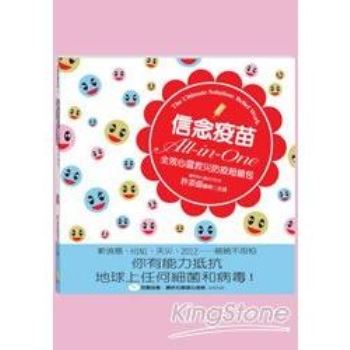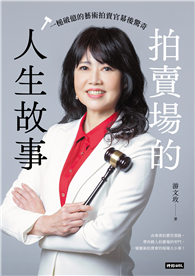Competition is the watchword, with the European Union (EU) and Japan partnering in an EU-Japan Economic Partnership Agreement ("EUJEPA") as an alternative trade route to the one China launched in 2012 known as "One Belt, One Road" or "OBOR", called a "New Silk Road" for the 21st century. China’s OBOR has functionally "moved Europe East" by improving the economies of some Central and Eastern European Countries (CEEC), Greece and Poland particularly, to the disadvantage, even chagrin, of Western European port countries including Belgium, Denmark, France, Germany, Great Britain, Netherlands. Also, the EUJEPA intends openly to undermine not only China’s OBOR but United States fair trade globally, by including Western European ("Atlantic") countries as part of the Trans-Pacific Partnership (TPP) from which President Donald J. Trump withdrew the United States, prompting Japan to lead 11 "Pacific" countries (Australia, Brunei, Canada, Chile, Japan, Malaysia, Mexico, New Zealand, Peru, Singapore and Vietnam) into encircling China by forming a "Comprehensive and Progressive Agreement for Trans-Pacific Partnership" (CPTPP), also called the TPP-11 that constitute 13.4 percent of the world’s Gross Domestic Product (GDP) or USD 13.5 Trillion in annual trading revenue. By endeavouring to forge a wedge intended to divide China and the United States, this author forecasts that Europe and Japan will succeed in reuniting China with the West once America joins China along OBOR in the way it should have done from the beginning. As the 20th century has been labeled the "American Century", the 21st century will become known as the "Sino-American Century" with China adopting an "American Dream" for itself and for its OBOR participants. Europe’s wealth and with that its political clout will move Eastward much as China’s Foreign Direct Investment (FDI) will move Westward, reaching an optimal peak in Central and Eastern Europe to the detriment of Western Europe that will witness its wealth and with that its political clout diminishing.
| FindBook |
有 1 項符合
Asia in Europe: Emerging Trade Routes By Ocean And Land的圖書 |
 |
Asia in Europe: Emerging Trade Routes By Ocean And Land 作者:Jones 出版社:Createspace Independent Publishing Platform 出版日期:2018-12-21 語言:英文 規格:平裝 / 196頁 / 27.94 x 21.59 x 1.3 cm / 普通級/ 初版 |
| 圖書館借閱 |
| 國家圖書館 | 全國圖書書目資訊網 | 國立公共資訊圖書館 | 電子書服務平台 | MetaCat 跨館整合查詢 |
| 臺北市立圖書館 | 新北市立圖書館 | 基隆市公共圖書館 | 桃園市立圖書館 | 新竹縣公共圖書館 |
| 苗栗縣立圖書館 | 臺中市立圖書館 | 彰化縣公共圖書館 | 南投縣文化局 | 雲林縣公共圖書館 |
| 嘉義縣圖書館 | 臺南市立圖書館 | 高雄市立圖書館 | 屏東縣公共圖書館 | 宜蘭縣公共圖書館 |
| 花蓮縣文化局 | 臺東縣文化處 |
|
|
圖書介紹 - 資料來源:博客來 評分:
圖書名稱:Asia in Europe: Emerging Trade Routes By Ocean And Land
|











